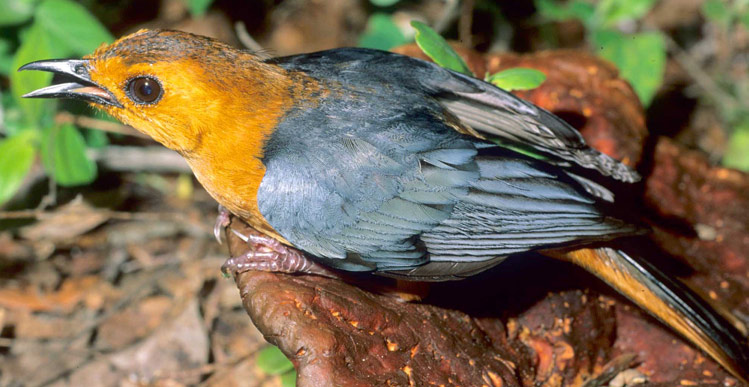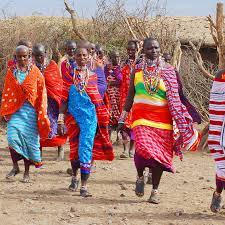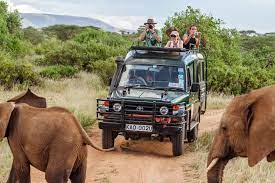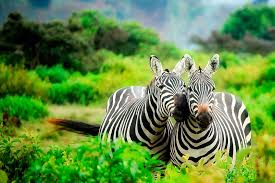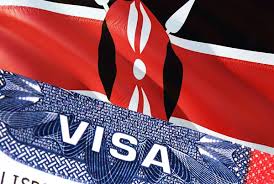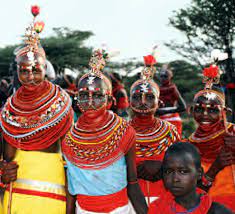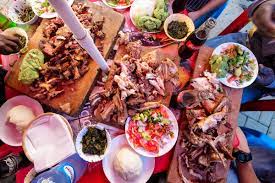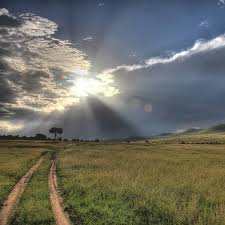Overview
Time has stood still for the Kakamega Forest, a remnant of the rain forest that stretched all across Central Africa. This beautiful forest is home to various mammals including bush pigs, giant forest hedgehogs, colobus monkeys, Debrazzar monkeys and pottos. Some of the birds to be seen here include the Blue Headed Bee Eater, Black Billed Turaco, Turner’s Eremomela and Grey Parrots. Bird watching, hiking and rock climbing can be enjoyed here in the serenity of the forest that time forgot.
Best Time to Visit
Kakamega being a tropical rainforest has a temperate, warm climate and can be visited at any time during the year. Temperatures do not fluctuate much and the average day temperature remains around 86 F (30 C) from September right up to the month of January. The average nighttime temperature also stays around 53 F (12 C) all through the months from August to February. For the rest of the months, there might be a daytime fluctuation between 82 F (28 C) and 91 F (33 C) degrees and a nighttime of around 50 F (10 C). It rains more in Kakamega compared to other wilderness regions in Kenya. It also has two distinct wet seasons with minimal dry period. The long rains begin in March and last up to July dusting off by early August while the short rains begin in October and go on until December. The dry months with lesser showers are January, February, parts of August and September. This is when you see slightly more tourists exploring the forest because the greenery is less dense and it is easier to spot the smaller residents of Kakamega. in the months of August to October when they are planning to spend time in the Masai Mara for the wildebeest migration or they might visit in the last week of December or Easter weekend to spend the festive holidays on a family vacation. The harsh winters of America and Europe are also a motivation to travel to Kenya, and you may see more footfalls in the forest in the months of December through February; though, not in high numbers. Whatever season you choose to visit, Kakamega will charm you with its pristine natural beauty of Western Kenya.
Getting There
By road The shortest route from Nairobi (418 km) is via Nakuru and Kapsabet. Take the A104 road as far as Timboroa and continue for another 4 km until you see left turn which takes you to the C36 road to Kapsabet from there take the C39 road until it joins the Kisumu – Kakamega road.From Eldoret the shortest route is via the C39 road to Kapsabet.
By air There are now scheduled flights to Kakamega and visitors can also fly to Kisumu or Eldoret and travel by road to Kakamega
Activities
- Bird Watching
- Hiking
- Scenic
Uniqueness
- In the reserve do not miss, the view point of Buyangu Hill with the wonderful overview of the surrounding forest especially impressive at sunrise.
- Small but lovely Isiukhu fall.
- The giant tree on Mukangu trails.
- The nature trails with labeled trees of interest and pollinator garden near KEEP office.
- The only remnant in Kenya of the once great tropical rainforest that stretched across central Africa.
- Home to several hundreds of species of birds, snakes, monkeys, bushbucks, duikers, countless tree species and natural glades.
- The species include: over 380 species of trees, 330 species of birds, 27 species of snakes, 7 primates, over 400 species of butterflies and several mammals.

